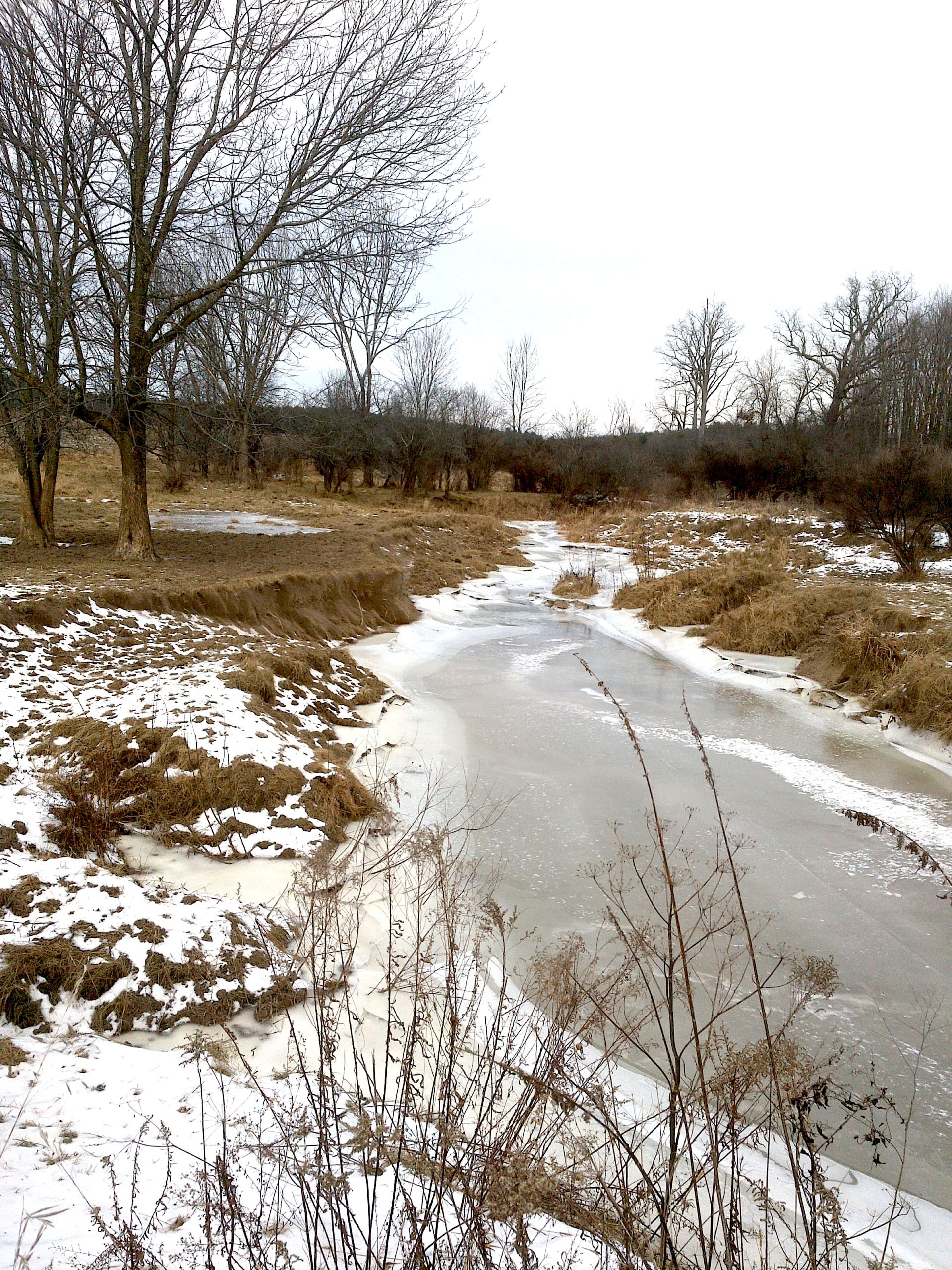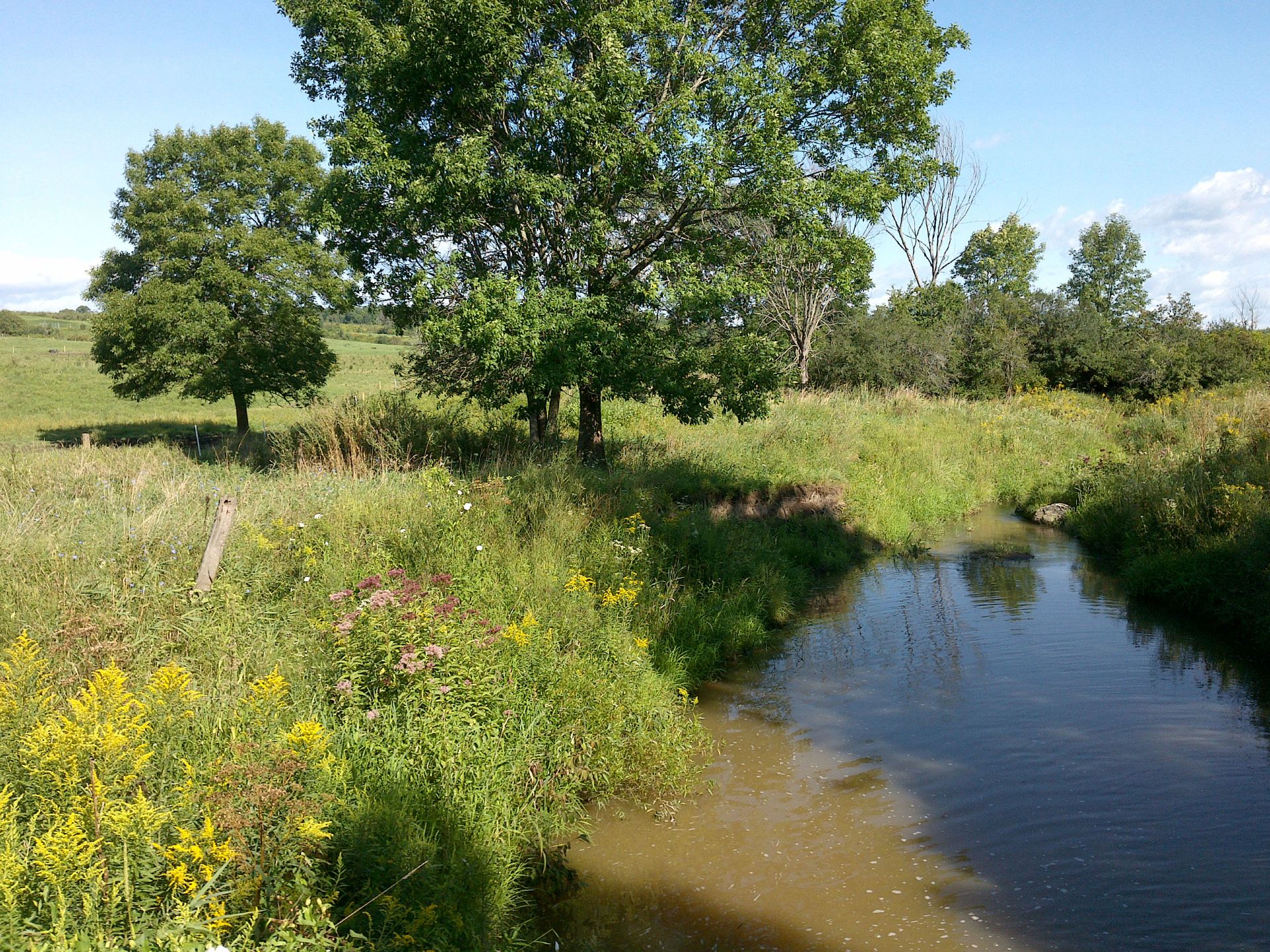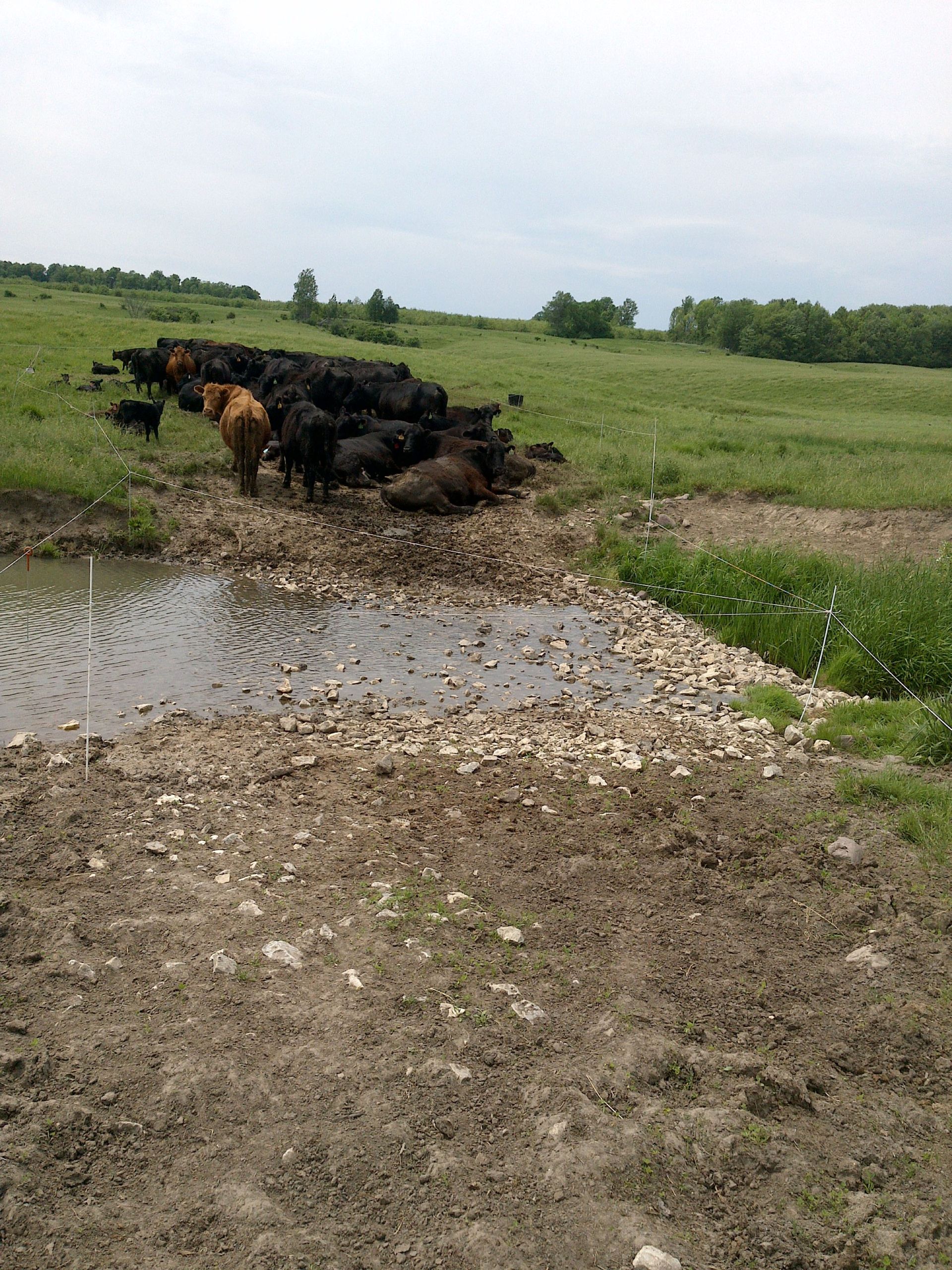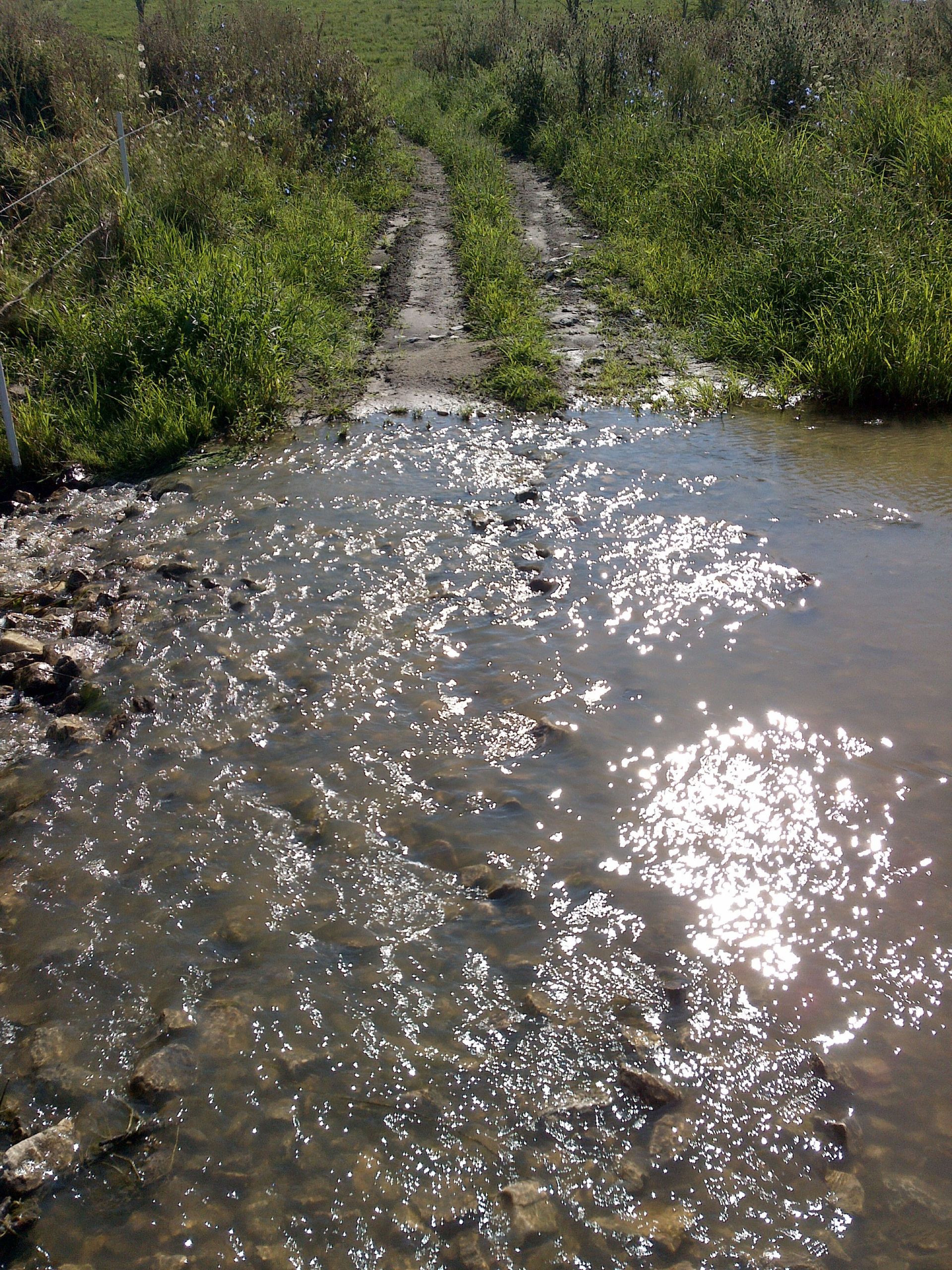From the kitchen table to the boardroom table, the USDA Natural Resources Conservation Service (NRCS) brings people together across the nation for: healthier food, natural resources and people; a stronger agricultural industry; and economic growth, jobs and innovation.
Each Friday, meet those farmers, producers and landowners through our #Fridaysonthefarm stories. Visit local farms, ranches, forests and resource areas where NRCS and partners help people help the land.
This Friday, we visit Marc and Cheryl Cesario, who own and operate Meeting Place Pastures in Cornwall, Vermont, where they raise grass-fed beef and certified organic eggs. With 500-acres of certified organic pastureland, they harness solar energy that is converted into a wholesome and nutritious feed for their animals.
Feeding their cows on organically managed pasture is an integral part of the Cesario’s farming philosophy: “Low stress and a forage-based diet make happy cows and our happy cows produce rich, flavorful meat that is nutritious, tender and of excellent quality.”
The Cesarios partnered with NRCS, who helped them implement a variety of conservation practices that aim to improve water quality and soil health. Technical and financial assistance to plan and implement these practices is available through the Environmental Quality Incentives Program (EQIP) and the Conservation Stewardship Program (CSP).
As a result, they have reduced their dependence on off-farm inputs, improved the health of their soil, protected water quality, and saved time and money. They adopted intensive rotational grazing because they believe it is a more economical way to raise cows. It also gives their pastures more time to recover after grazing periods.
“You’ll have 40% more yields in a six-week period by moving cows around,” explains Cheryl. “If you’re feeding hay to your animals in the middle of summer, that could cost $30-50 a bale. If you have to put out three or four bales a day, that’s a lot of money when you look at the cost of purchasing feed instead of producing your own.”
Fencing cows out of sensitive areas at Meeting Place Pastures accelerates vegetation recovery and protects soil and water quality.
Conservation Works
In 2009, the Cesarios purchased their first 97 acres, and immediately consulted NRCS to find out how to transition the corn fields they purchased into organic pasture. They also planted a hedgerow and trees to provide a buffer for a nearby stream, installed watering tubs and water lines for their cows, and erected fencing to keep the cows out of nearby Beaver Brook. “We did most of our own fencing, but as we added acreage, the assistance we received from NRCS was so helpful because we could do more and make an even bigger impact with conservation,” said Cheryl.


The Cesarios worked with NRCS Soil Conservationist Tim McCoy who helped them develop a comprehensive grazing plan for the health of their animals and their forages. “Fencing cows out of sensitive areas really speeds up the rate at which vegetation recovers,” McCoy said. Their grazing plan is paying off with improved yields and extended length of their growing season.


Diverse pasture plantings provide the Cesario’s livestock with a well-balanced, nutritious diet. In addition, using season-specific plantings benefits the entire ecosystem. McCoy says their stewardship makes a difference in the health of natural resources on and around their farm. “Marc and Cheryl have transformed marginal land into healthy, productive pasture and reduced the environmental impact associated with grazing large herbivores,” said McCoy.
Marc and Cheryl manage the farm full-time. Cheryl is also a grazing specialist for the University of Vermont Extension.
When asked why they chose to farm organically, Cheryl says it’s the only form of production they know. “In addition to all the biological benefits, organic production allows us, as a small farm, to sell our products outside the commodity market and capture a premium. That keeps us competitive in the marketplace and contributes to the viability of our farm.”
The Cesarios are also managing pests by organically mimicking nature. They are experimenting with nest boxes and tree swallows to attract more birds to reduce populations of flies that can negatively impact the health of their herd. “Our animals aren’t coming back into a barn every day, so it’s a bit more challenging if a problem arises,” says Cheryl. “For us, disease prevention is critical.”




